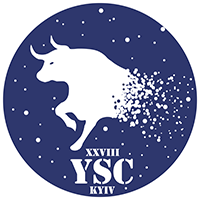Speaker
Description
We studied scalar field φCDM models: ten quintessence models and seven phantom models. We reconstructed these models, using the phenomenological method developed by us. Resulting in, for each potential the following ranges were found: (i) model parameters; (ii) EoS parameters; (iii) initial conditions for differential equations, which describe the dynamics of the universe. Using the MCMC analysis, we obtained constraints on scalar field models by comparing observations for: the expansion rate of the universe, the angular diameter distance and the growth rate function with corresponding data generated for the fiducial ΛCDM model. We applied the Bayes statistical criteria to compare scalar field models. To this end, we calculated the Bayes factor, as well as the AIC and BIC information criteria. The results of this analysis showed that we could not uniquely identify the preferable scalar field φCDM models compared to the fiducial ΛCDM model based on the predicted DESI data, and that the ΛCDM model is a true dark energy model. We investigated scalar field φCDM models in the w0 - wa phase space of CPL- ΛCDM contours. We identified subclasses of quintessence and phantom scalar field models, which at the present epoch: (i) can be distinguished from the ΛCDM model; (ii) cannot be distinguished from the ΛCDM model; (iii) can be either distinguished or undistinguished from the ΛCDM model. We found that all studied models can be divided into two classes: models that have attractor solutions and models whose evolution depends on initial conditions.

